Il Ristorante at Bulgari Tokyo Restaurants in The Ginza opened in 2007. You are greeted at a discreet ground floor entrance and escorted to the restaurant via a lift to the 9th floor. The head chef was Luca Fantin from Silea in Treviso, who worked at restaurants including Akelarre and (for three years) at Mugaritz in San Sebastián and in Italy with Marchesi in both Rome and Capri and Cracco in Milan before becoming a sous chef at Pergola in Rome. After a two-year stint at Pergola he moved to Tokyo to become head chef here in 2009. The restaurant gained a Michelin star in 2012, which it has retained ever since.
The dining room has a picture window view over the city and has a very high ceiling. It is smart and modern, with well-spaced tables, wood floor and impeccably ironed tablecloths. As so often in Japan, the menu was a set one only, based on seasonal ingredients. We had chosen the date of our visit fortuitously, as the white truffles from Alba had just arrived this week. The menu at lunch was priced at ¥8,000 (£43) per person. At dinner there were longer menus available at ¥18,000 and ¥22,000 per person, so the lunch menu is quite a bargain in relative terms, as it did not appear to compromise at all on the ingredients used.
The wine list was substantial, largely Italian with some prestigious French labels and an odd bottle from elsewhere. Examples were Lis Neris Pinot Grigio 2009 at ¥12,000 for a wine that can be found in the high street for ¥2,903, Dagromi Barolo 2009 at ¥25,000 compared to a retail price of ¥8,129, and Gaja Barbaesco at ¥75,000 for a bottle whose current market value is ¥24,387.
Some nibbles began the meal. Red pepper and paprika textures comprised thin red pepper crisps topped with cream of nduja (a spicy pork sausage from Italy), alongside paprika and red pepper mousse with meringue. The crisp was impressively delicate, the hint of spice from the nduja working nicely with the pepper, and similarly the paprika elevated the flavour of the mousse (16/20). Rice and seaweed with horseradish cracker was also good, delicate and with a distinct flavour of the sea (16/20). Toasted brioche came topped with Japanese caviar from Miyazaki (15/20). Country bread was made from scratch in the kitchen and had lovely texture, served warm (17/20). It was accompanied by a wide array of olive oils, a choice of ten selected from the regions of Italy, as well as a delicate, aromatic olive oil from Kyushu.
A carpaccio of eighteen different vegetables (including pumpkin, radish, squash, carrot and melon) was served with tomato water vinaigrette. This dish, reminiscent of the famous gargouillou of Michel Bras, was an excellent showcase for the sheer quality of the ingredients to be found in Japan, with superb produce on display. In particular the vinaigrette had lovely deep tomato flavour (17/20). If you tried to reproduce this plate using British vegetables then it would be a shadow of the dish here.
Next was a frittata with Parmesan and white truffle, a simple yet gorgeous dish, elevated to a high level by the judicious use of high quality Parmesan Reggiano and the glorious scent of white truffles (18/20). This was followed by raw deep-sea Japanese shrimp prepared with stracciatelli buffalo milk cheese and a lobster coral sauce. This was another triumph of ingredient quality, the shrimps beautifully sweet, the lobster sauce delicate and enriched by the subtle application of cheese (17/20).
Next was fresh tagliolini with white truffle, another simple yet very pleasing dish. The pasta had lovely texture and the scent of freshly sliced high grade white truffle was intoxicating (easily 17/20). This was followed by risotto made with one year aged carnaroli rice from northern Italy, with unagi (freshwater eel) and manganji, a long green mild chilli pepper grown in Kyoto. The rice and stock were high grade, and the eel was presented in two different textures, one fried quite crisp to provide a contrast. The manganji is noted for its mild, sweet flavour with barely a hint of spicy bite, and it paired very well with the eel (easily 16/20).
The final savoury dish was steamed kinki, a deep sea perch or rockfish from the Pacific, served with lemon and scallop cream, a variety of herbs including dill and edible flowers along with focaccia bread flavoured with onion and lemon. The fish was precisely cooked and had lovely taste, the scallop flavour in the cream coming though well, the herbs enhancing its flavours without dominating (17/20).
Dessert was namelaka of hazelnuts, a creamy ganache whipped with gelatin to give a firmer texture. This came with amaretti (almond macaroons) with fresh hazelnuts and hazelnut milk .The nuts were of high quality and the mixture of textures worked well together (16/20).
We were ably looked after by assistant restaurant manage Gianluaca De Santis, who by coincidence had served me once before at Pergola in Rome (the high end restaurant world is a small one). Service was slick and professional. The bill, with a glass of champagne apiece to drink plus water, came to ¥15,987 (£87) per head. If you shared a modest bottle of wine then a typical cost per head might be around £80, though if you went for a longer dinner menu then this would be pricier. I was very impressed with the meal today, which was consistently high in standard. The price seemed pretty fair given the skills on display and the high quality of ingredients being used.
Further reviews: 12th Sep 2019 | 12th Sep 2018






















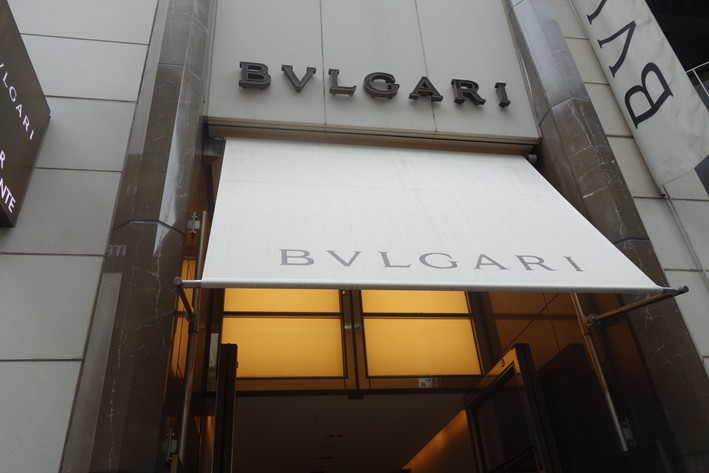

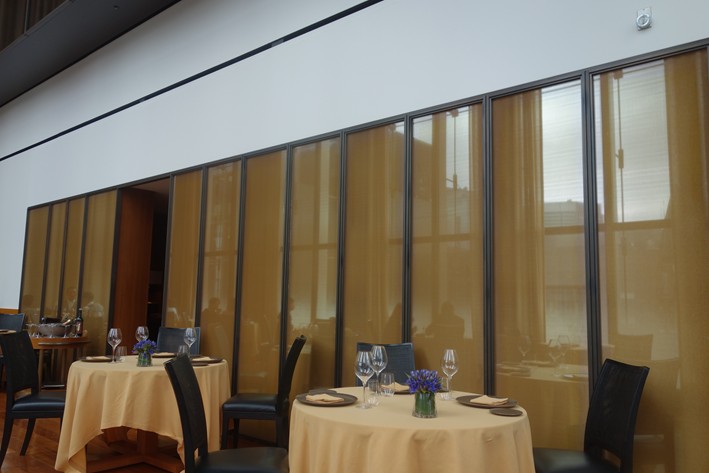
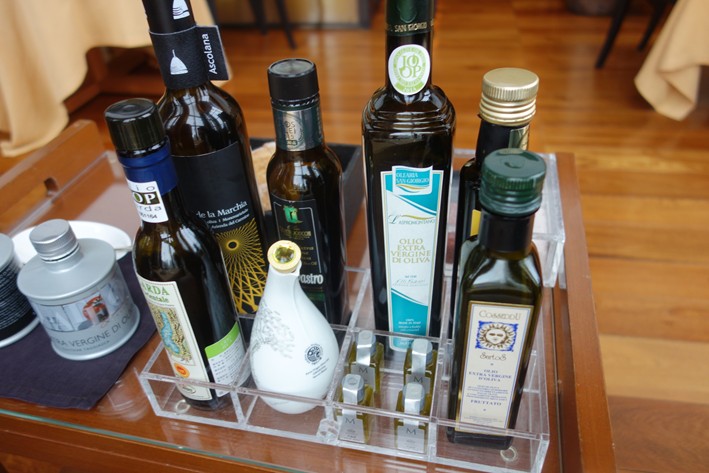
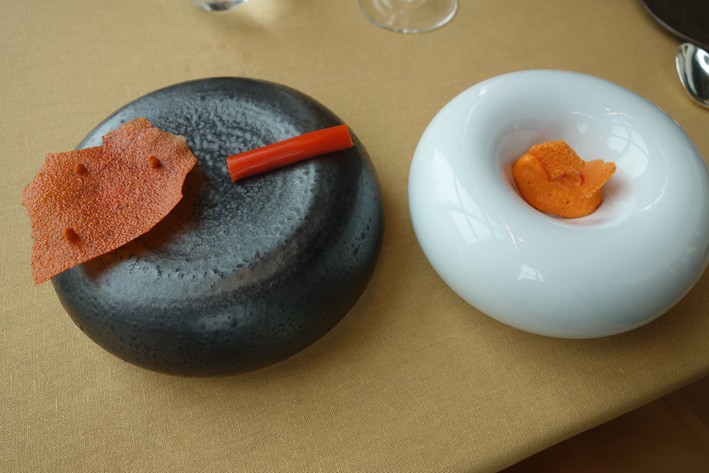
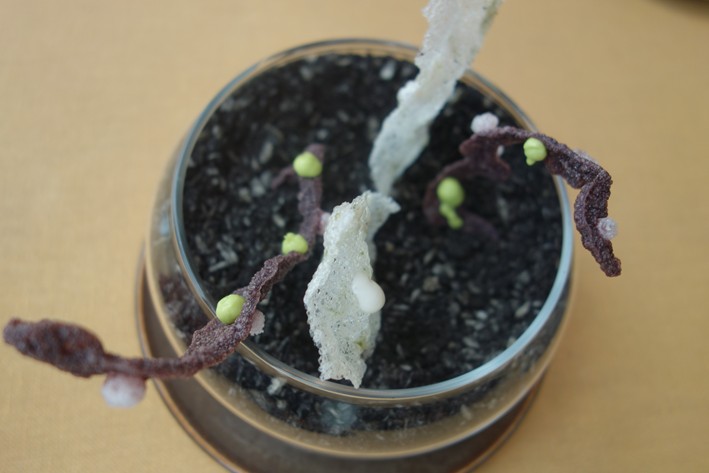
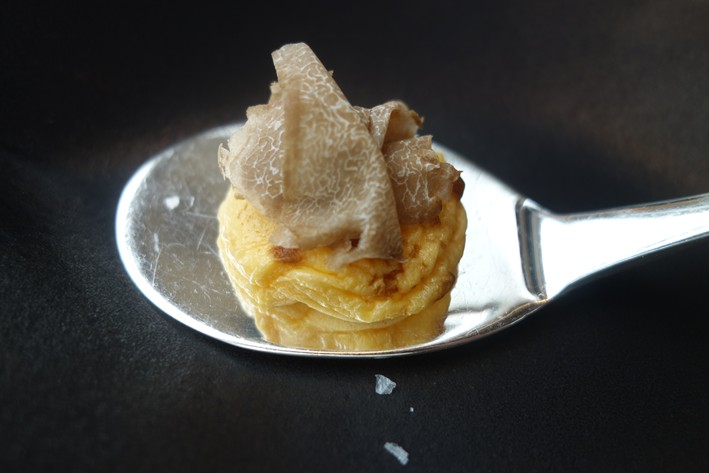

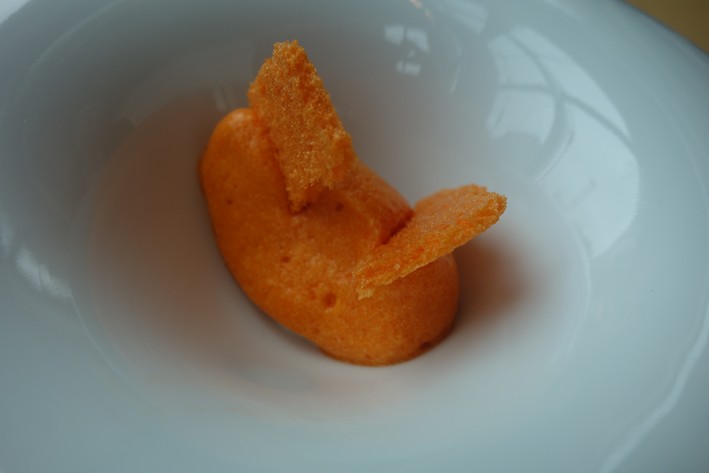
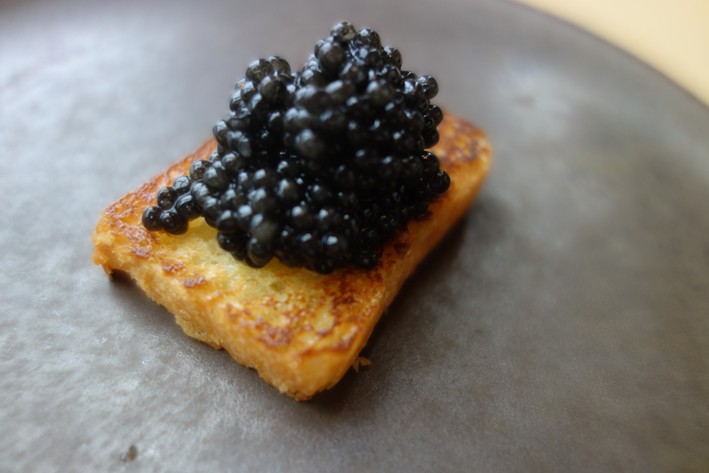
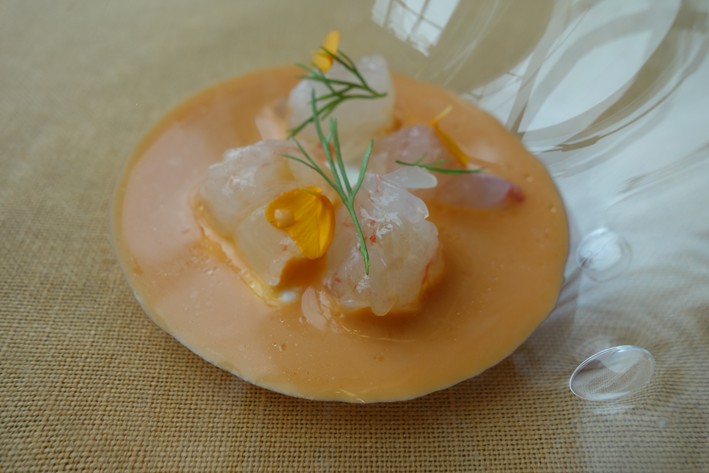
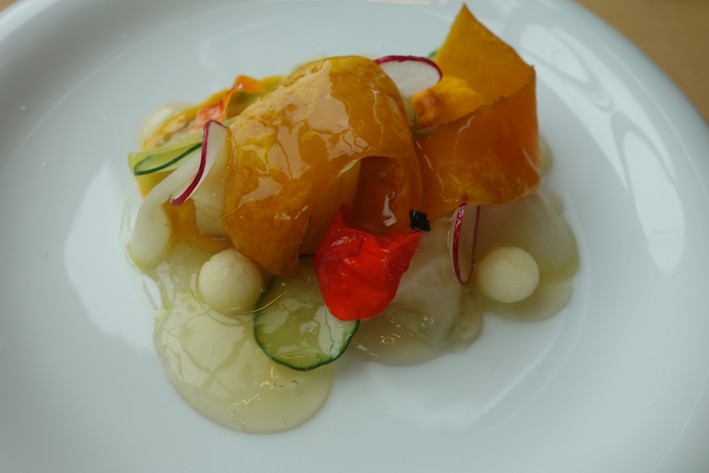
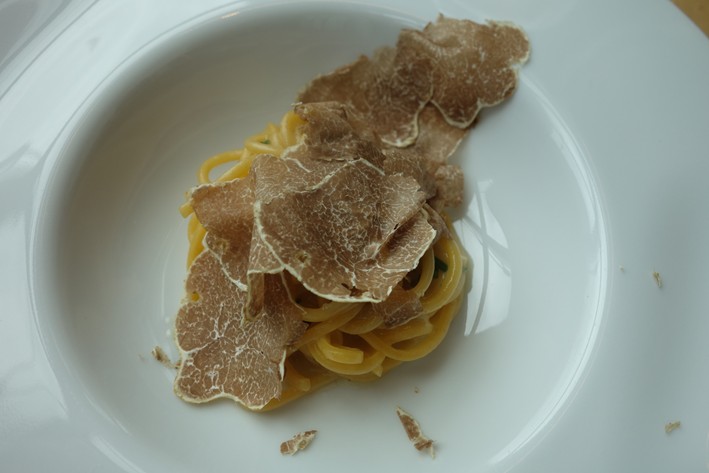
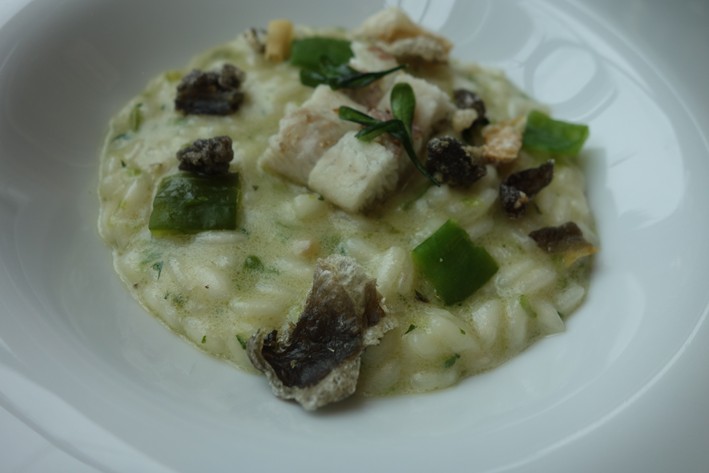
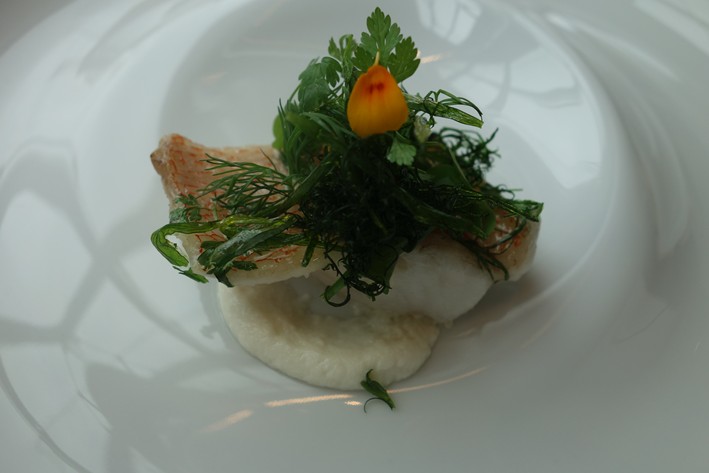


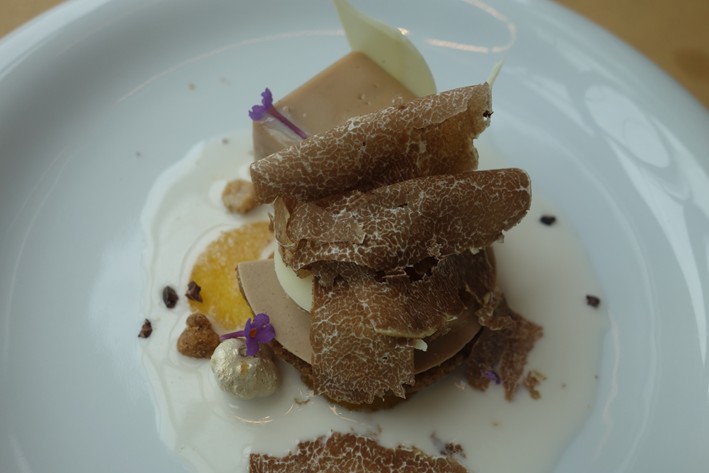

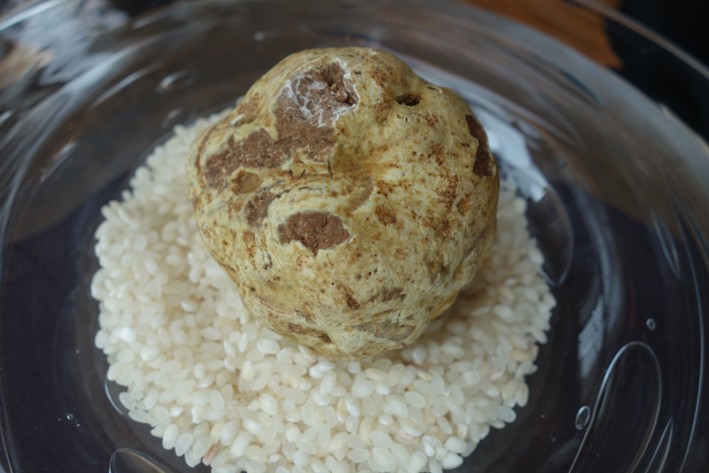


Add a comment
Thank you for submitting your comment, this will be checked and added to the website very soon.
User comments